Project Initiation
Resource Allocation: Commencing a project involves resource allocation to ensure suitable personnel, knowledge, and expertise are assigned, maximizing productivity and task completion.
Documentation: Documentation aids in knowledge transfer, project handovers, maintenance, updates, and continuity, benefiting both clients and external teams.
Basecamp account: Basecamp promotes accountability, transparency, and real-time collaboration in website design projects.
project manager: Project managers oversee website design, facilitating progress, conflict resolution, and stakeholder alignment.
Conceptulization
Visualization: Providing clients with visual representations of website design serves as a roadmap for requirement analysis, scheduling, and implementation.
Research & Analysis: These elements offer insights into the market, audience, and user behavior, facilitating informed decisions and efficient website operation.
Wireframe:Essential for website design, wireframes serve as visual blueprints for structure, content placement, and interaction, ensuring effective execution.
Designing
Art Work:Artwork enhances user experience by adding visual appeal, uniqueness, identity, hierarchy, and responsive design, capturing users' attention.
Client Approval: Regular client communication during the design process ensures satisfaction. Updates, addressing concerns, and soliciting feedback maintain client engagement.
HTML Development:Prioritizing semantic HTML markup enhances readability, SEO, accessibility, and user experience, organizing and conveying meaning effectively.
Development
PHP/.NET Coding:Backend development using languages like PHP or .NET handles dynamic data processing, user authentication, and database interactions.
CMS Development: Tailoring a CMS to match branding and design preferences through themes or templates ensures website appearance and feel alignment.
Server Realization: Considering factors like project requirements and scalability aids in choosing suitable server solutions, ensuring future website demands are met.
Beta Launch
Code uploading:Thorough testing of beta launch code ensures all features function correctly, providing a flawless user experience and a polished website.
Client Acceptance:Client satisfaction, project specification fulfillment, and client-developer rapport building are crucial aspects of website design and development.
Testing
Quality Check:User Acceptance Testing (UAT) gathers end-user input on usability, functionality, and satisfaction, identifying potential issues and ensuring a pleasant user experience.
Bug Removal:Continual bug removal is essential for maintaining website quality, requiring systematic identification, prioritization, and resolution.
Browser Compatibility: Browser compatibility is crucial for a successful website as it ensures that your site works seamlessly across various web browsers and versions.
Final Launch
Code Transfer: Organizing and completing code file transfers ensures visitors can browse the website without encountering issues or broken links.
K 30 Days Maintenance:The development team monitors performance, functionality, and user feedback to provide a seamless user experience and customer satisfaction. They fix bugs, problems, and difficulties with live websites within 30 days.
Post-Launch Support
Continued support and upkeep, including monitoring website performance, applying security upgrades and bug fixes, and updating content, are essential after website launch.


































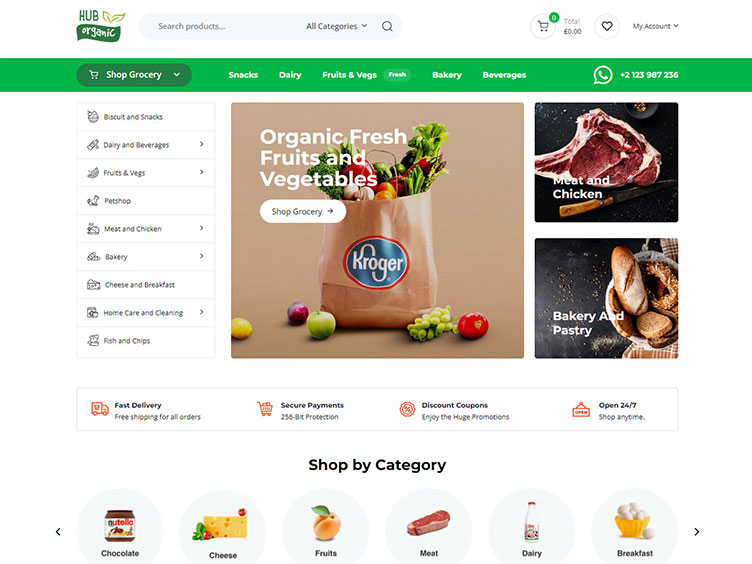


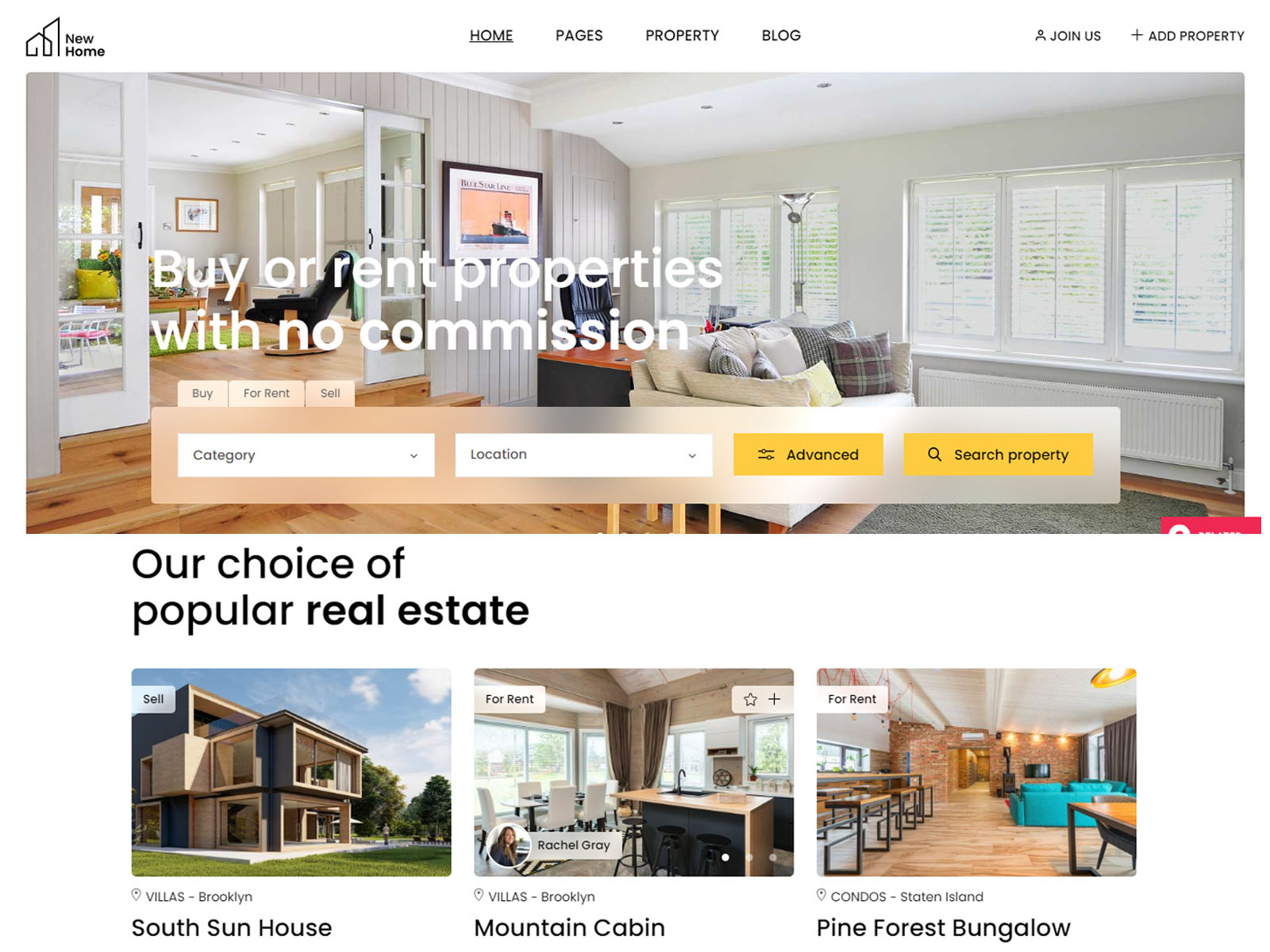
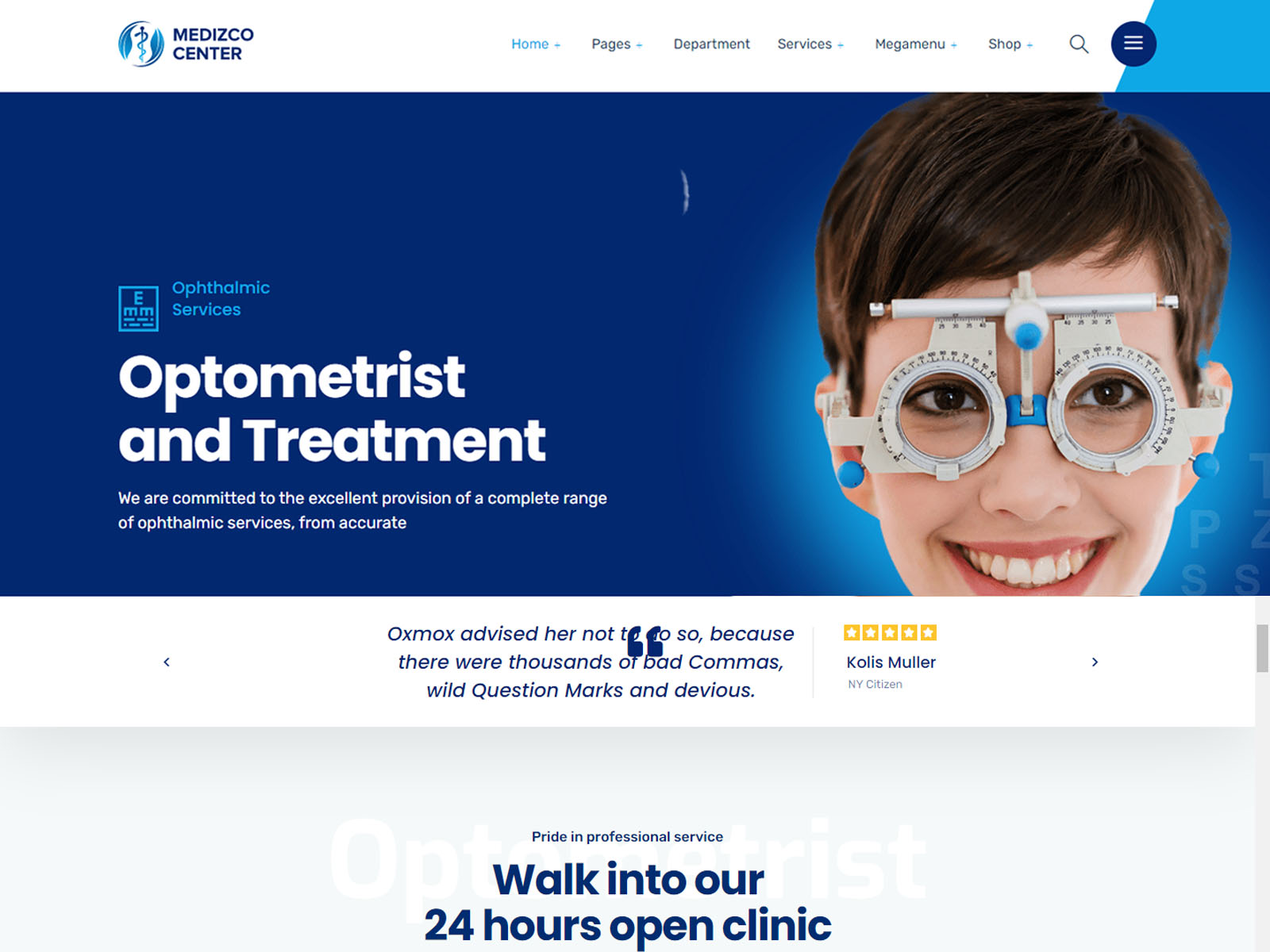


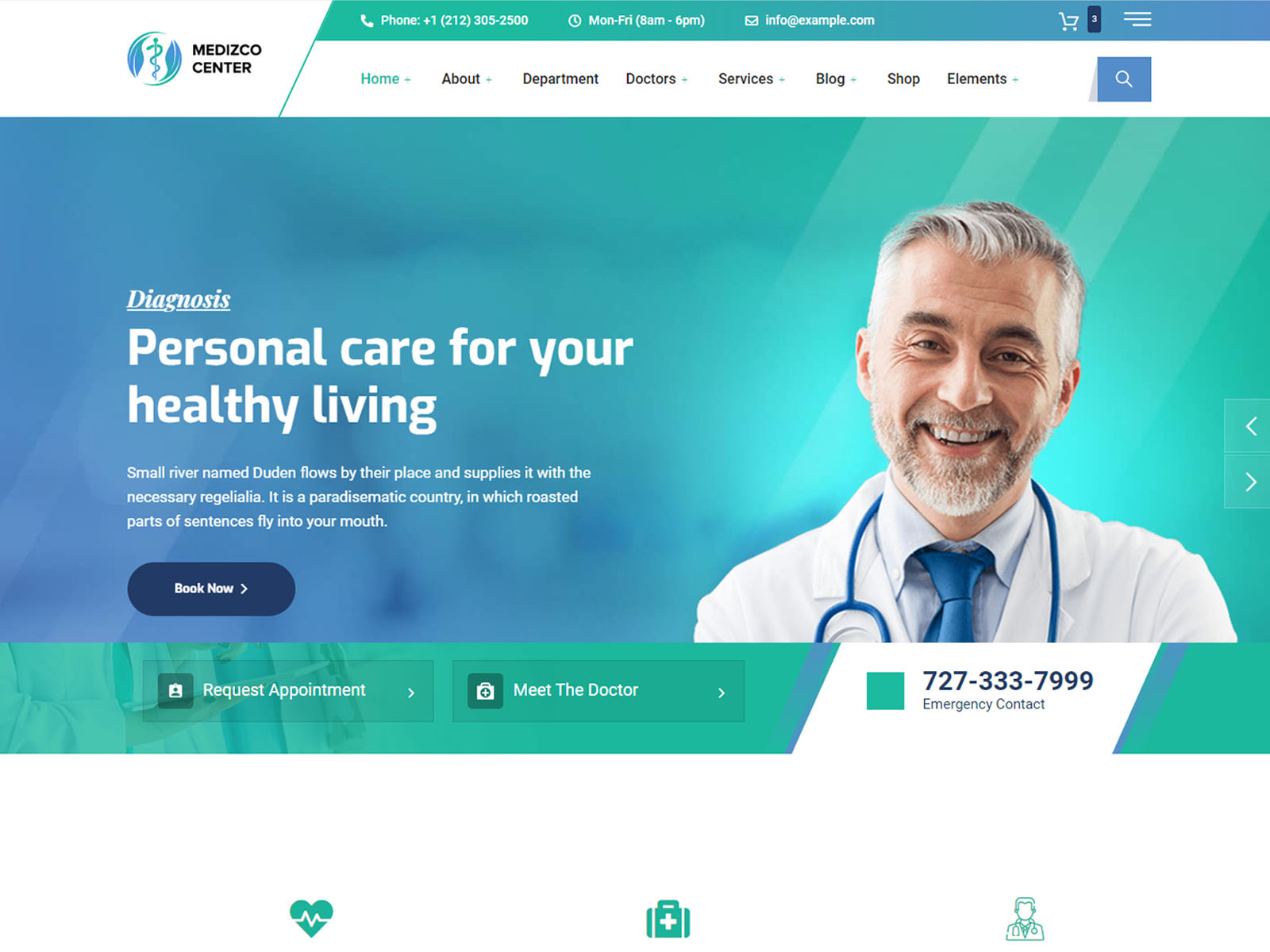
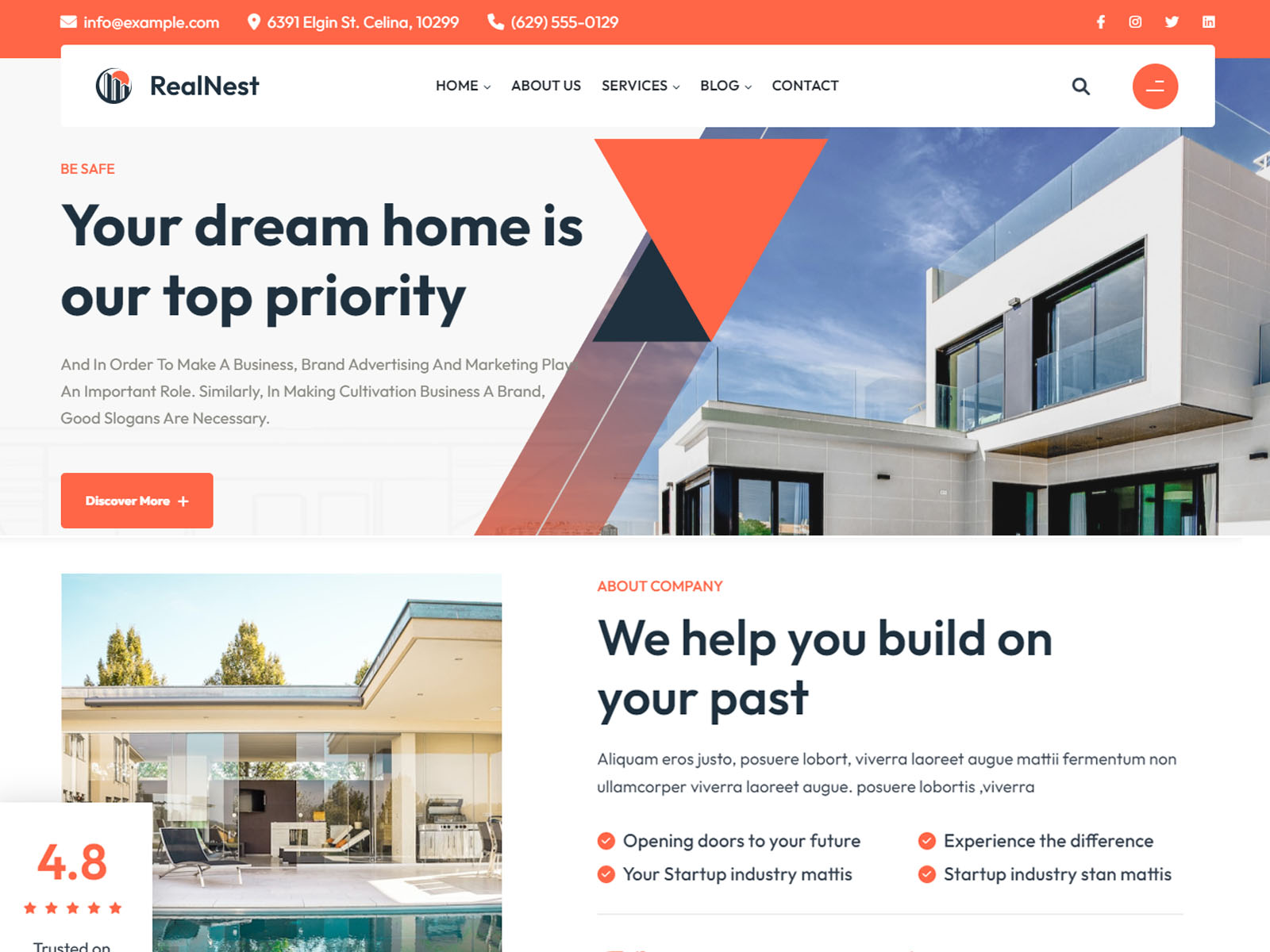










 10000+ Accounts Handled
10000+ Accounts Handled 140+ Team of Professionals
140+ Team of Professionals 28+ Serving Countries
28+ Serving Countries 92% Client Retention
92% Client Retention